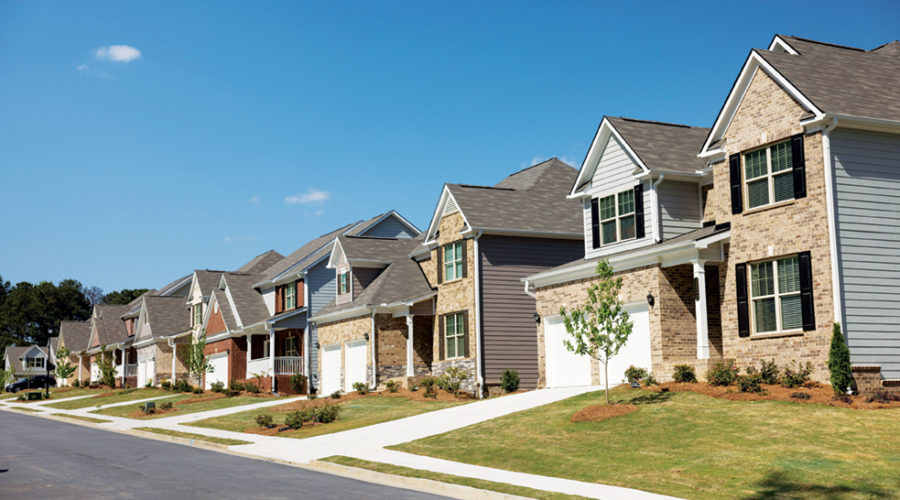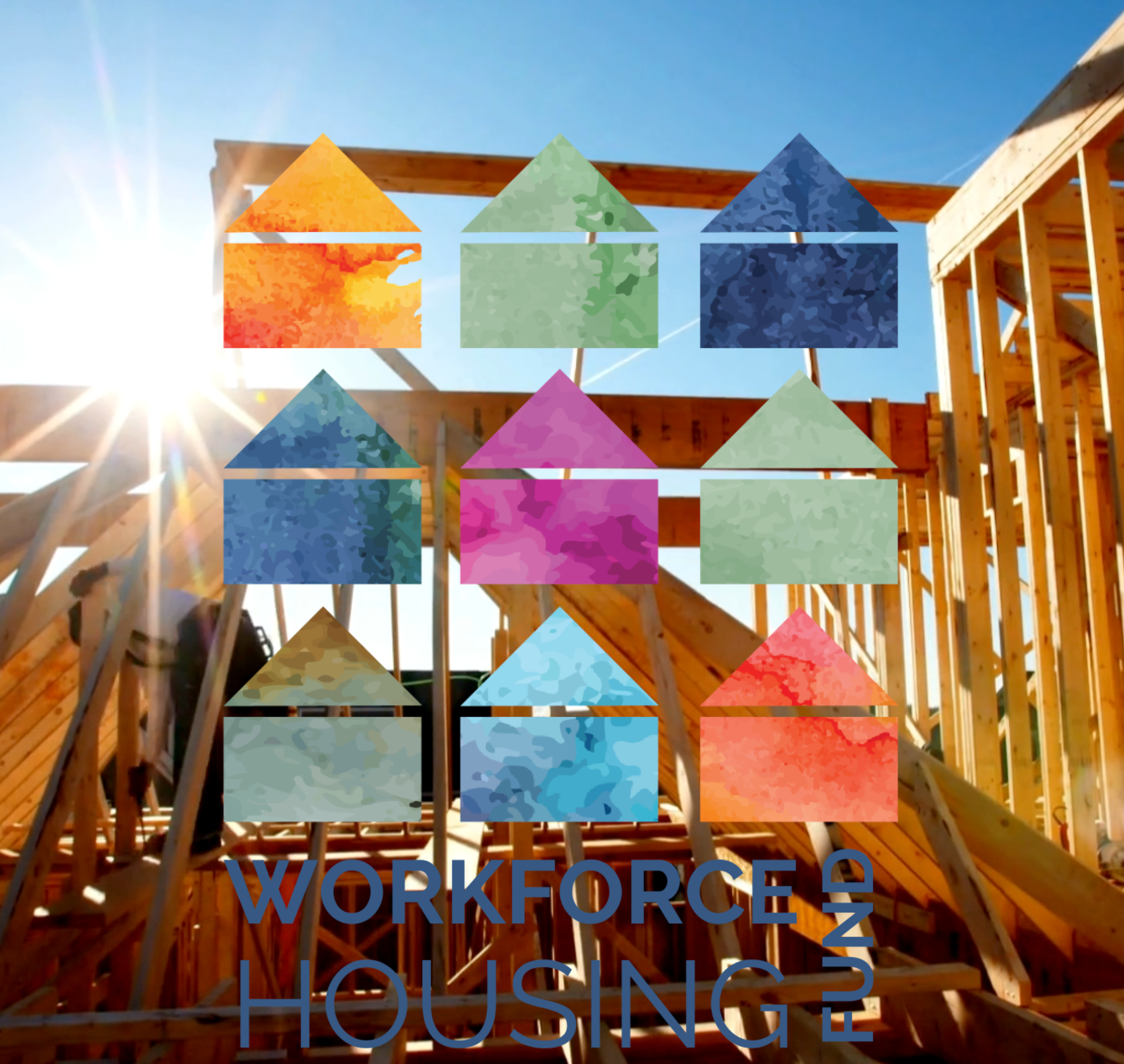
CoGP Opportunities for Build-to-Rent Communities
The criteria for current CoGP workforce housing developers underscore the nuanced approach required to navigate this investment landscape effectively. Here’s a detailed overview:
- Structure: A preference for co-GP arrangements is evident, though limited partnership (LP) models are also considered. In scenarios where the investor is not the sole LP, a side letter is necessary to delineate specific terms, including a stipulation for 5-10% of the promote. This structure is designed to balance engagement and control, allowing developers to benefit from the expertise and resources of their partners while maintaining a degree of autonomy in project management.
- Investment Size: The target check size ranges from $2M to $6M, indicating a focus on projects that can deliver substantial value without necessitating exceedingly large capital outlays. This range is indicative of a strategic approach to investment, prioritizing projects with the potential for significant impact and returns.
- Asset Type: The emphasis on workforce housing encompasses a broad spectrum of asset types, including value-add multifamily properties, manufactured home communities, and the conversion of extended-stay hotels into multifamily units. The criterion for pro forma rents to fall in the bottom half of the market emphasizes the commitment to affordability, ensuring that developments are accessible to the current tenant base.
- Deal Types and Returns: There’s an openness to both value-add and construction deals, with the latter subject to a higher benchmark. Expected Internal Rate of Return (IRR) thresholds are set at a minimum of 15% over a five-year hold for value-add projects, and over 20% for construction projects, reflecting the varying levels of risk and potential reward associated with each type of development.
- Market Focus: A nationwide focus, excluding specific states, with a preference for secondary and tertiary markets within a 30-minute drive of major cities, illustrates a strategic approach to location selection. This criterion supports the identification of markets with growth potential that may not yet be saturated, offering opportunities for impactful investment.
- Financial Prudence: The explicit requirement for capital expenditure (CapEx) to be capitalized upfront, rather than funded through cash flow, underscores a commitment to financial sustainability and risk management. Similarly, the alignment of debt terms with the hold period ensures financial structures are designed to support the project’s lifecycle, minimizing refinancing risks.
These criteria illuminate the strategic considerations underlying CoGP opportunities in the BTR sector, highlighting a comprehensive approach to investment that balances risk, return, and social impact. For developers in the workforce housing arena, these guidelines offer a roadmap for structuring investments that align with both financial objectives and the broader goal of addressing housing affordability.
